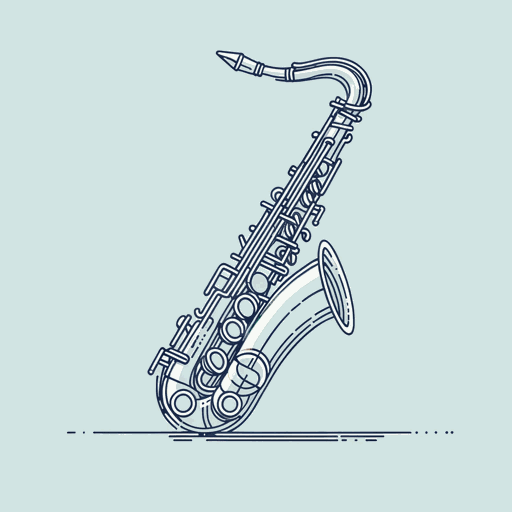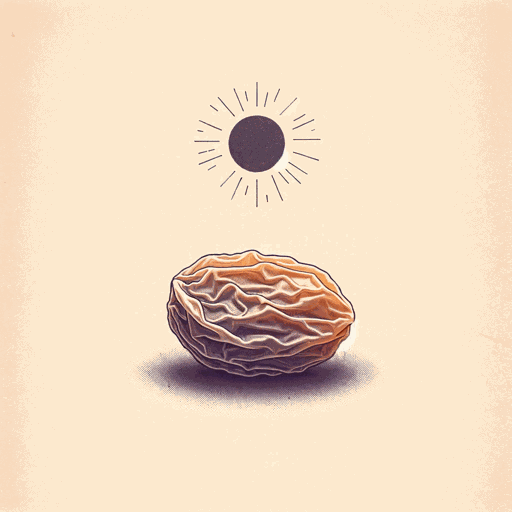18 pages • 36 minutes read
Langston HughesHarlem
Fiction | Poem | Adult | Published in 1951A modern alternative to SparkNotes and CliffsNotes, SuperSummary offers high-quality Study Guides with detailed chapter summaries and analysis of major themes, characters, and more.
Literary Devices
Form and Meter
“Harlem” is a free verse poem organized into four mostly irregular stanzas. The poem doesn’t use a prescribed metrical pattern, but there is a strong sense of rhythm throughout. Short lines punctuate and longer lines glide. End-line punctuation creates subtle interruptions. “Does it dry up” (Line 1) is followed by “like a raisin in the sun?” (Line 2). The space between lines allows the reader to consider possibility and highlights the speaker’s considered responses.
Though there isn’t a formal rhyme scheme, Hughes uses playful end rhymes: sun/run, meat/sweet, load/explode and half-rhymes like sugar/fester/defer. The natural lift in the inflection of the questions provides a lightness of tone. The musical effects are euphonious—a pleasant set of sounds that offer a contrast to the uncomfortable imagery.
Narrative Voice
The speaker’s uses different registers to navigate its big question. On one level, the voice sounds academic. The opening uses the language of philosophic inquiry. The diction feels formal and distant: “What happens to a dream deferred?” (Line 1)—an opening line that sounds like it is introducing an abstract disquisition.
Related Titles
By Langston Hughes

Children’s Rhymes
Langston Hughes

Cora Unashamed
Langston Hughes

Dreams
Langston Hughes

I look at the world
Langston Hughes

I, Too
Langston Hughes

Let America Be America Again
Langston Hughes

Me and the Mule
Langston Hughes

Mother to Son
Langston Hughes

Mulatto
Langston Hughes

Mule Bone: A Comedy of Negro Life
Langston Hughes, Zora Neale Hurston

Not Without Laughter
Langston Hughes

Slave on the Block
Langston Hughes

Thank You, M'am
Langston Hughes

The Big Sea
Langston Hughes

Theme for English B
Langston Hughes

The Negro Artist and the Racial Mountain
Langston Hughes

The Negro Speaks of Rivers
Langston Hughes

The Ways of White Folks
Langston Hughes

The Weary Blues
Langston Hughes

Tired
Langston Hughes
Featured Collections
African American Literature
View Collection
Black History Month Reads
View Collection
Books on Justice & Injustice
View Collection
Books on U.S. History
View Collection
Civil Rights & Jim Crow
View Collection
Equality
View Collection
Harlem Renaissance
View Collection
Nation & Nationalism
View Collection
School Book List Titles
View Collection
Short Poems
View Collection
The Future
View Collection

